BEO1105 Assignment (Tri 1, 2018): Economic Principles Analysis
VerifiedAdded on 2023/06/10
|8
|1092
|357
Homework Assignment
AI Summary
This economics assignment solution addresses several key concepts in microeconomics, including supply and demand, elasticity, and market equilibrium. The assignment analyzes how shifts in demand and supply affect the price and quantity of goods, such as beef, French wine, Australian wine, and orange juice. It explores the impact of factors like substitute product prices and production costs on market outcomes. Furthermore, the solution delves into price elasticity of demand in the context of the taxi market, examining the assumptions made by taxi owners. The assignment also involves cost analysis for a monopolistically competitive firm, determining whether the firm is making a profit or loss and whether it should adjust its output level. Graphs are used to support the answers, providing a visual representation of the economic principles at play. The solution provides a comprehensive understanding of market dynamics and the application of economic theories in real-world scenarios.
1 out of 8
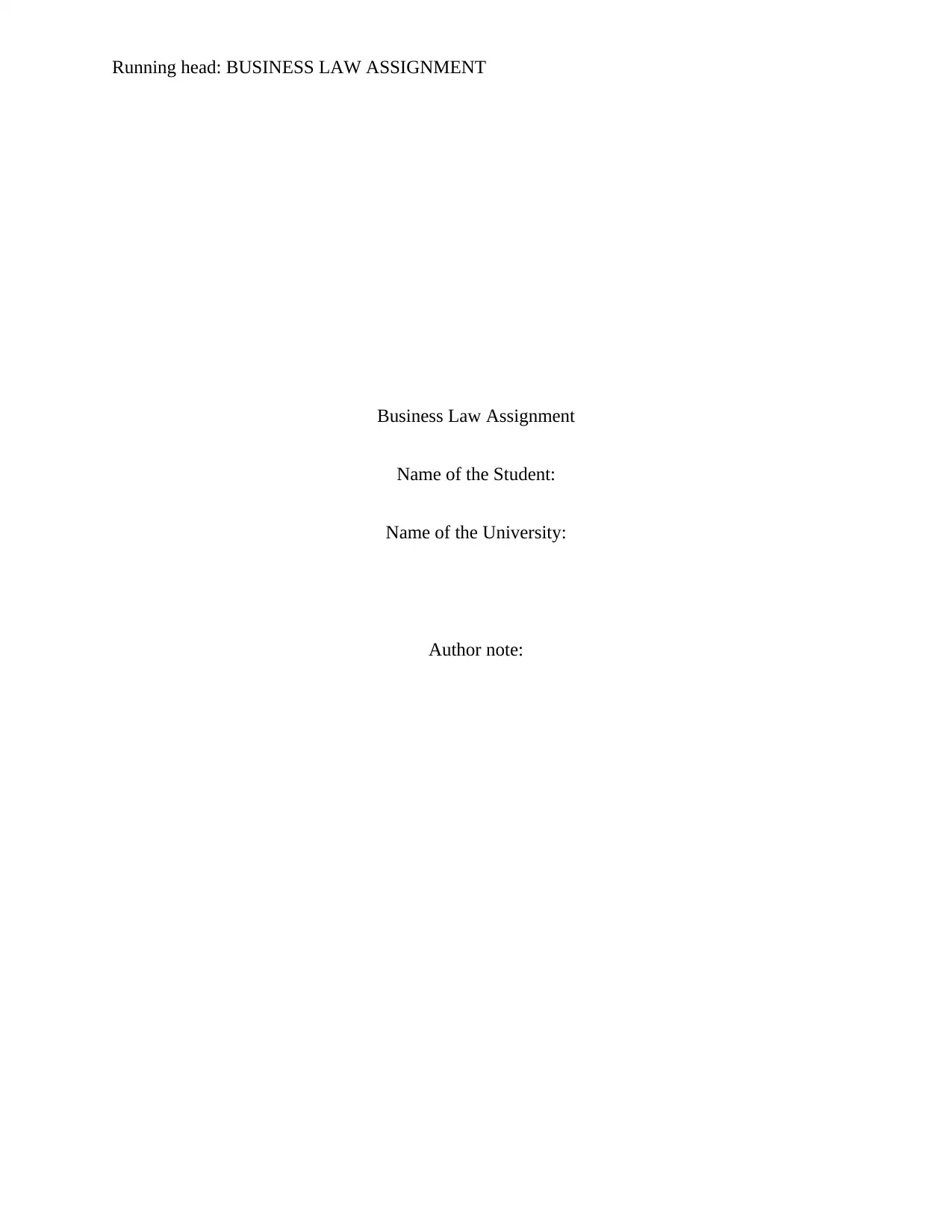
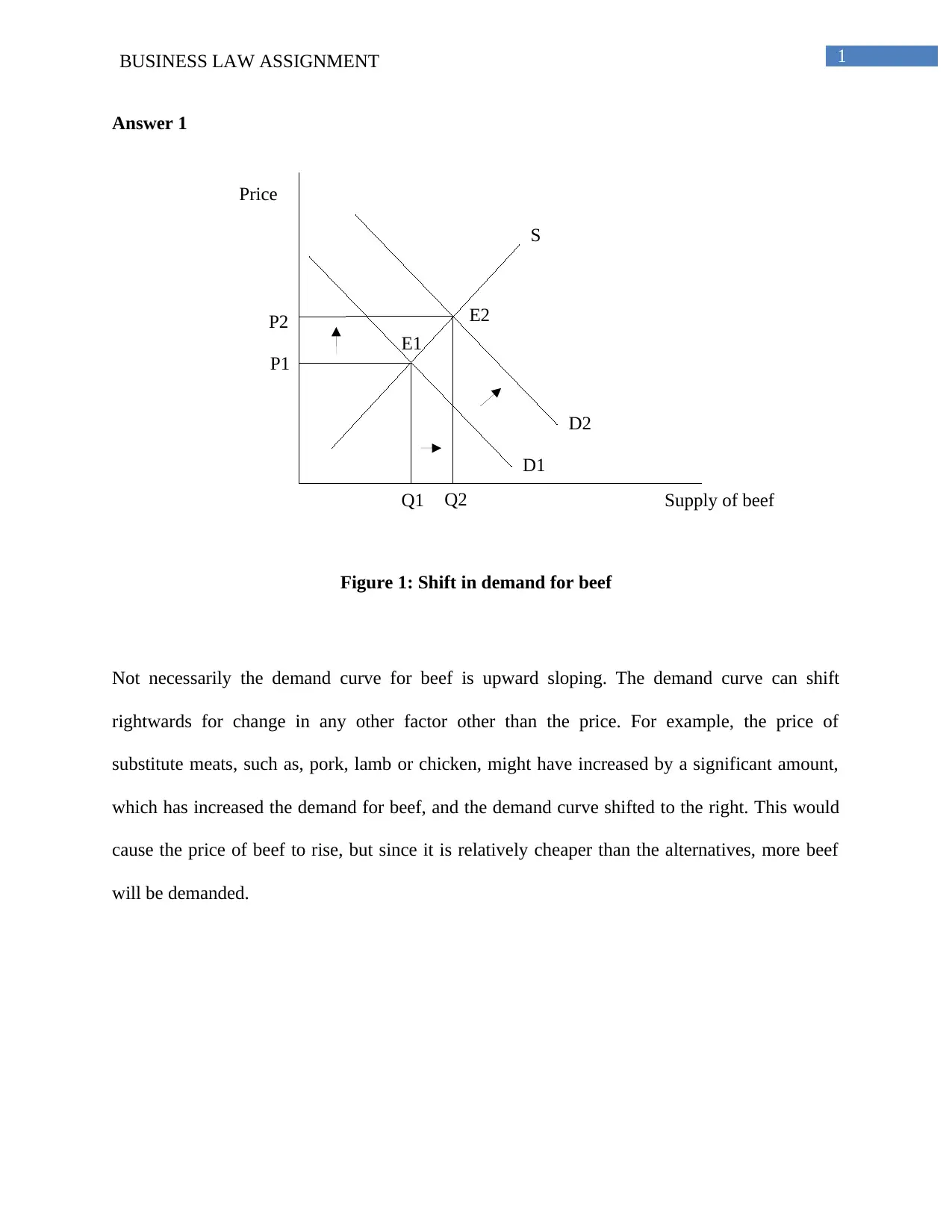
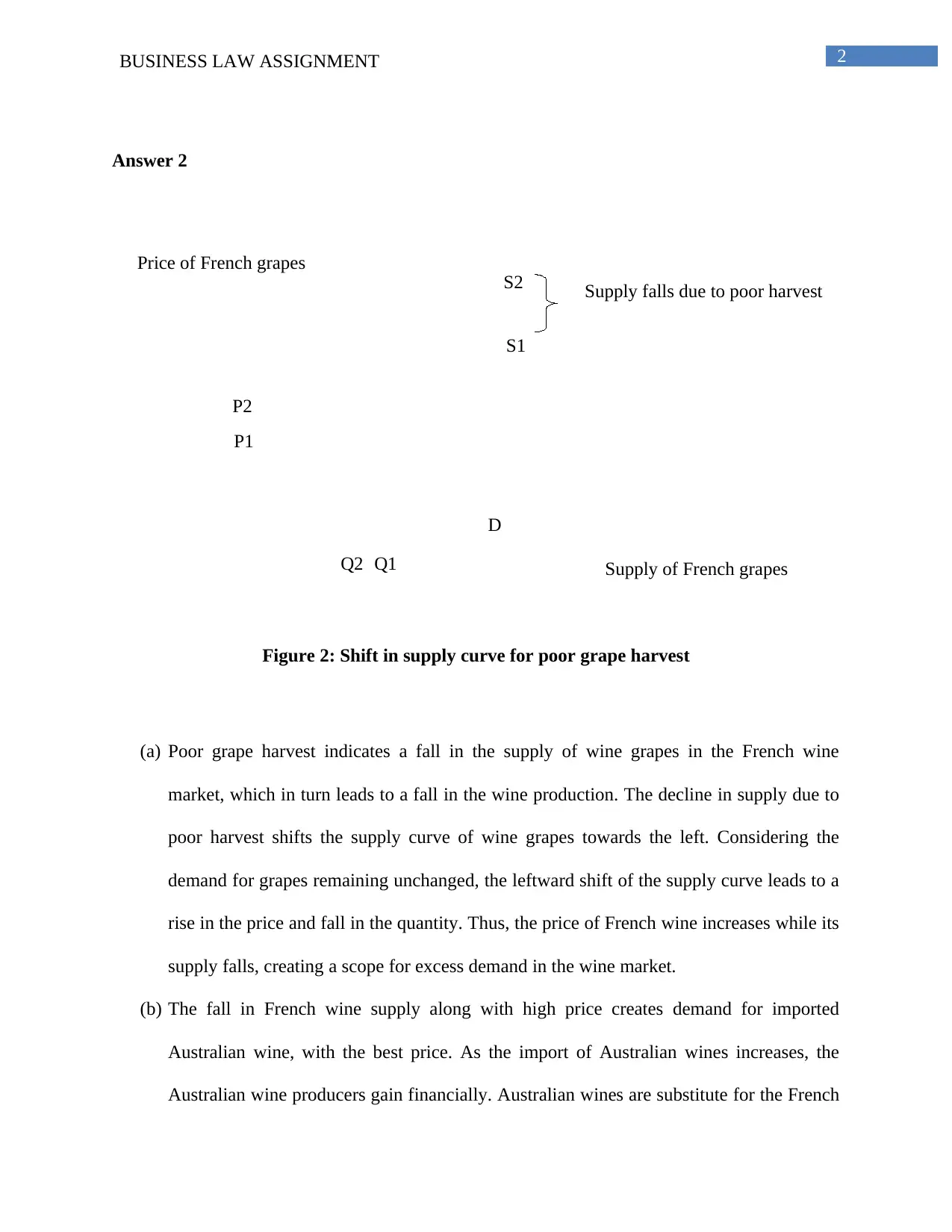

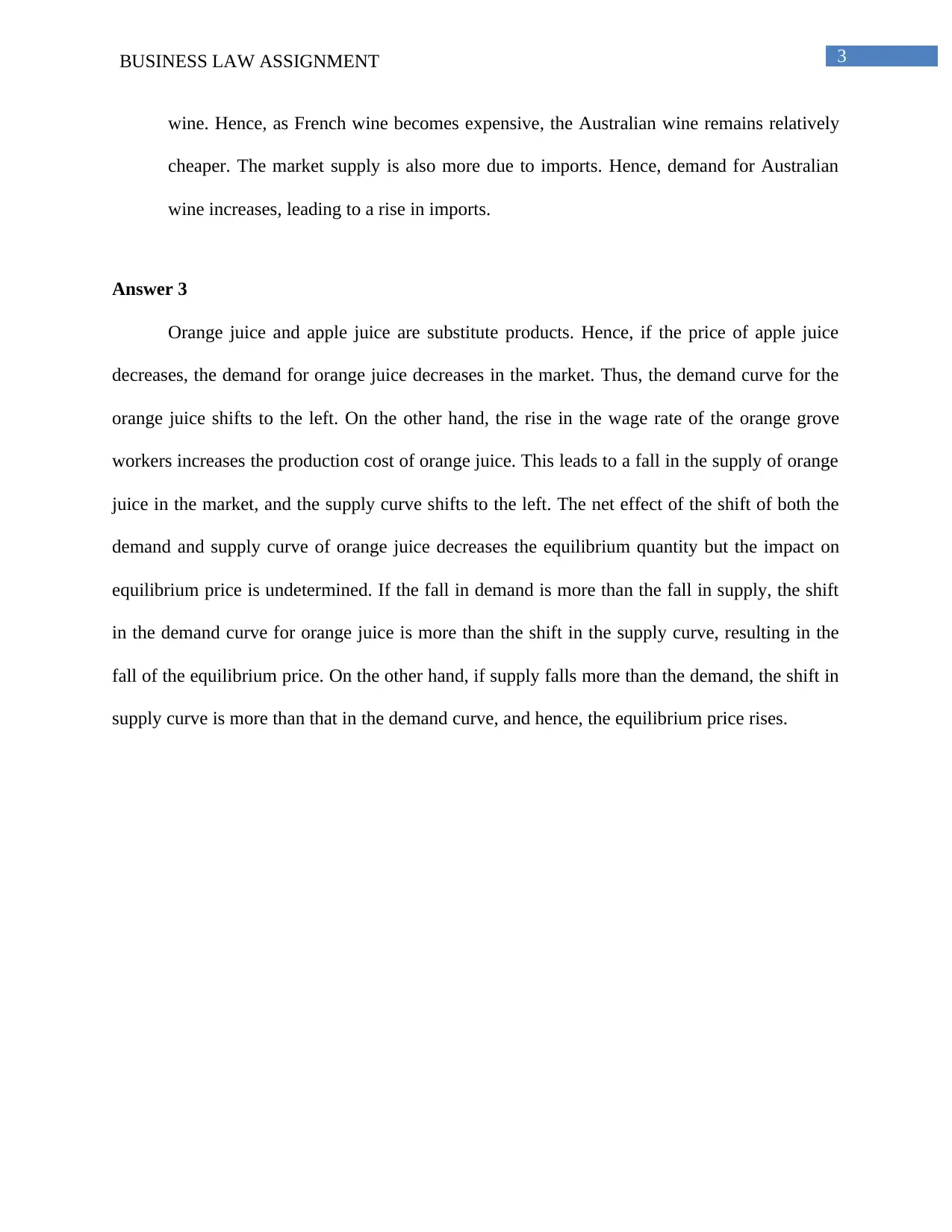
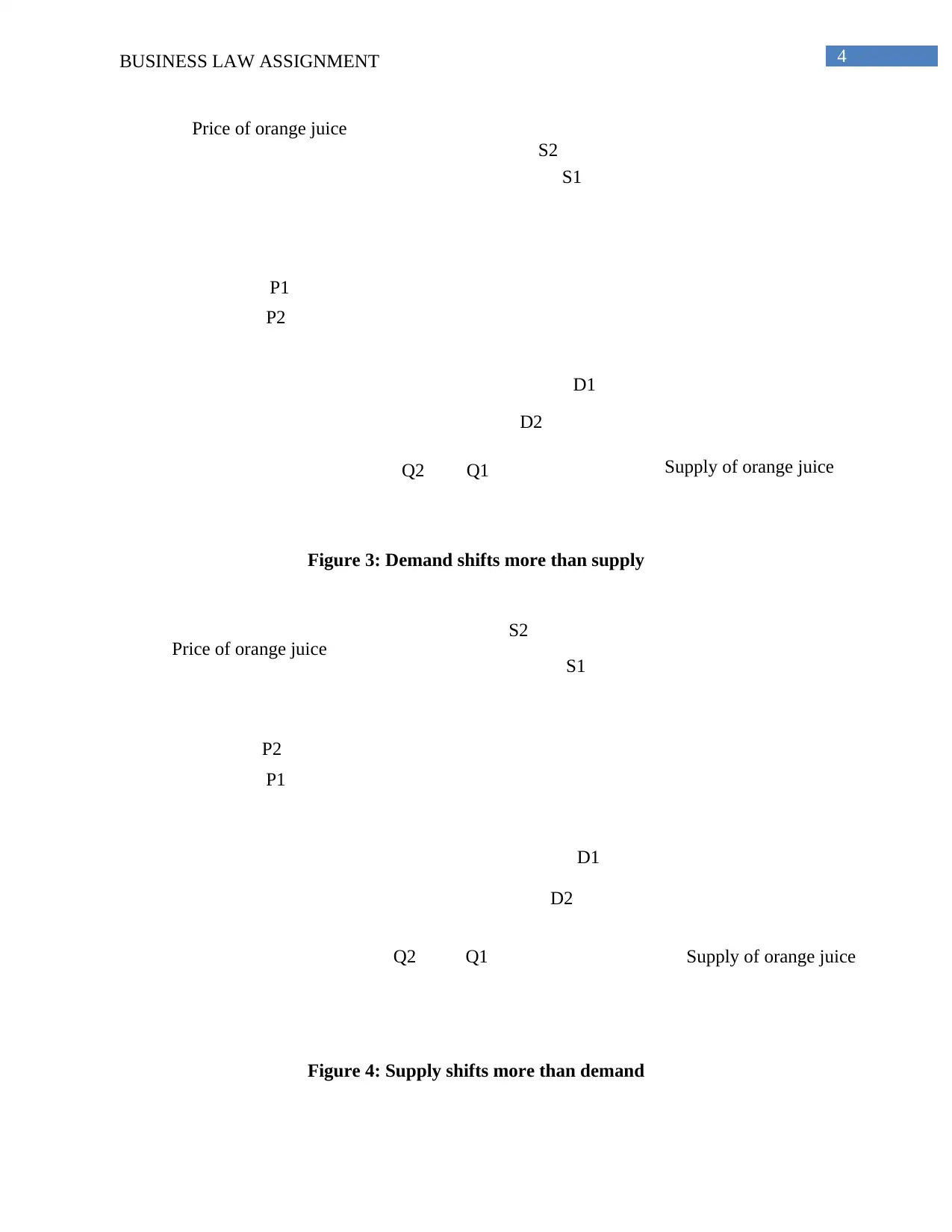
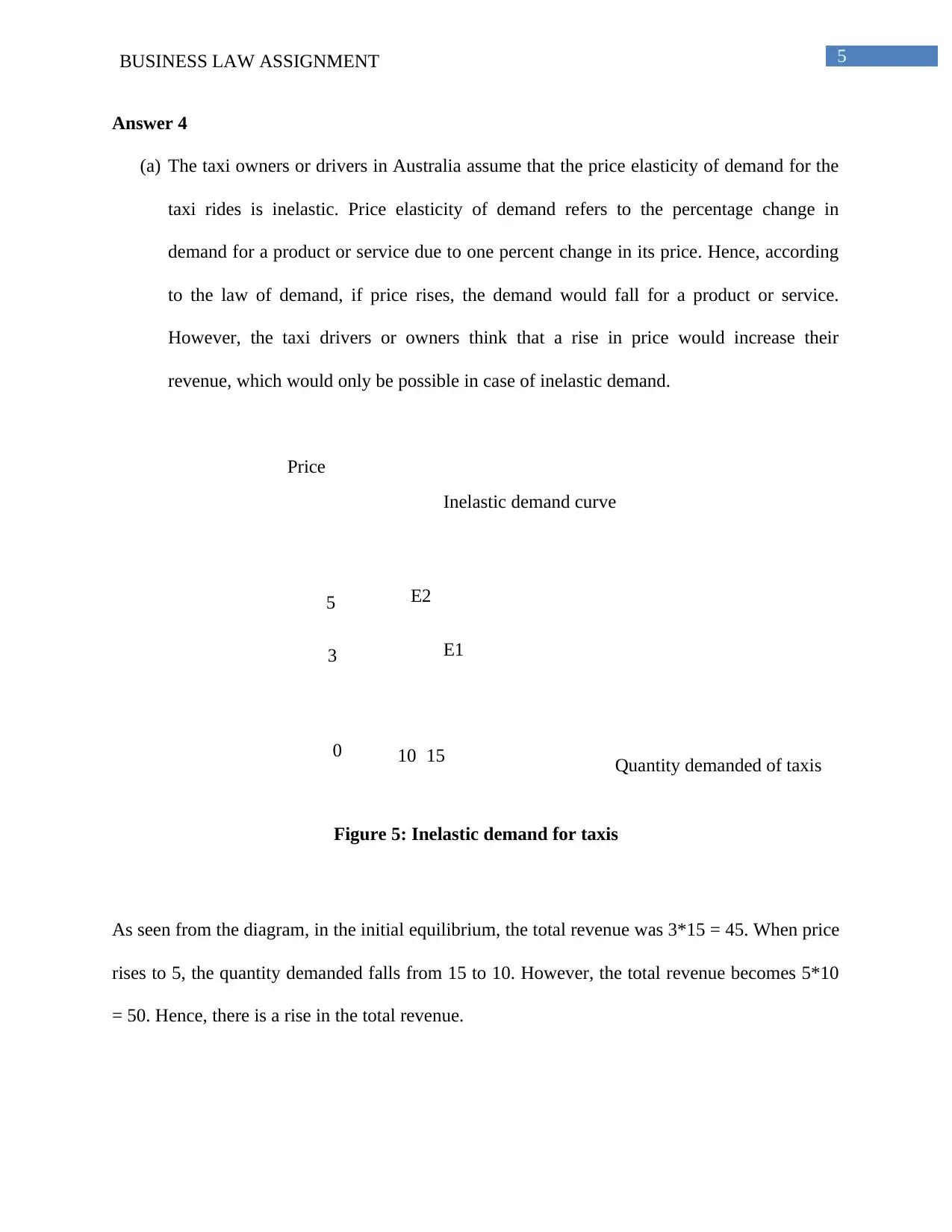
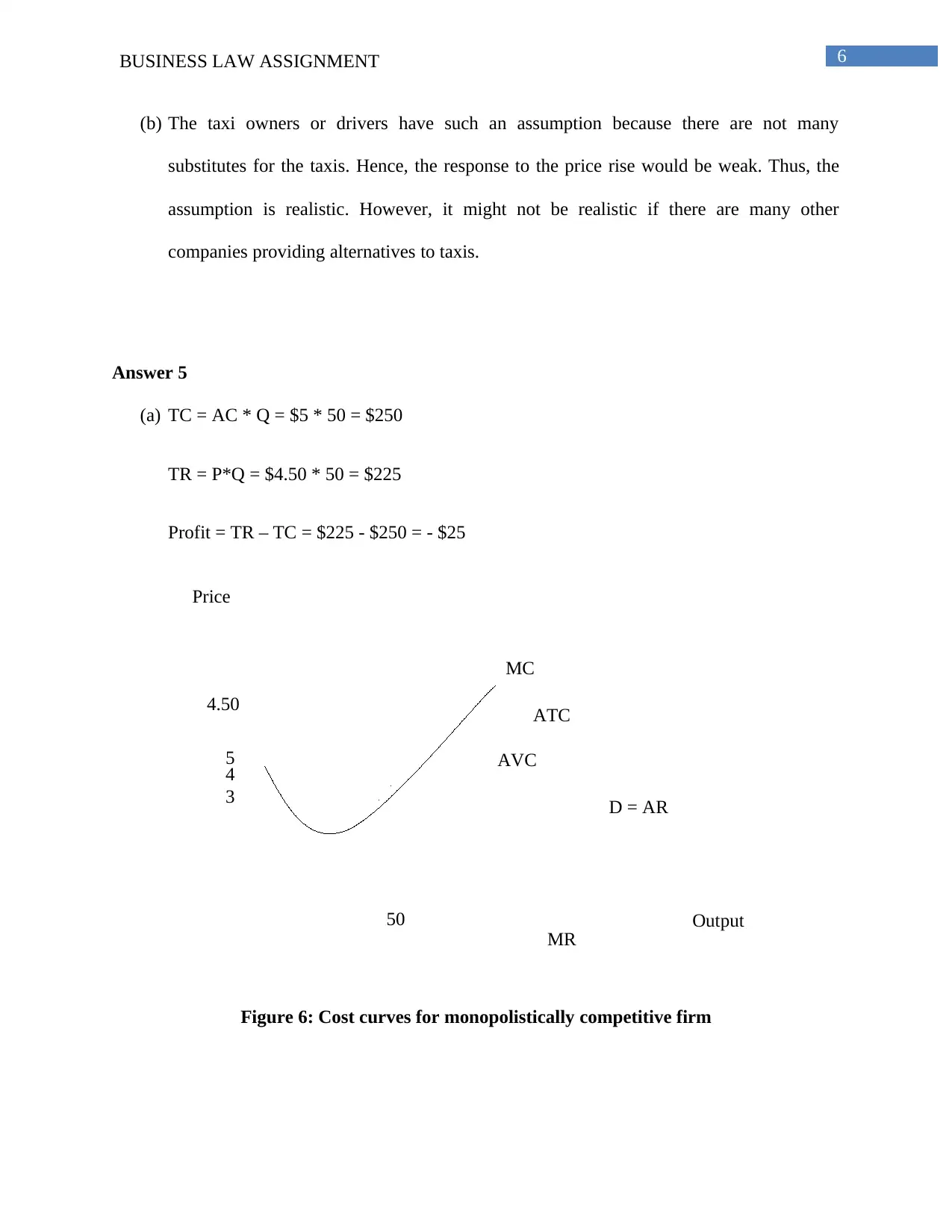
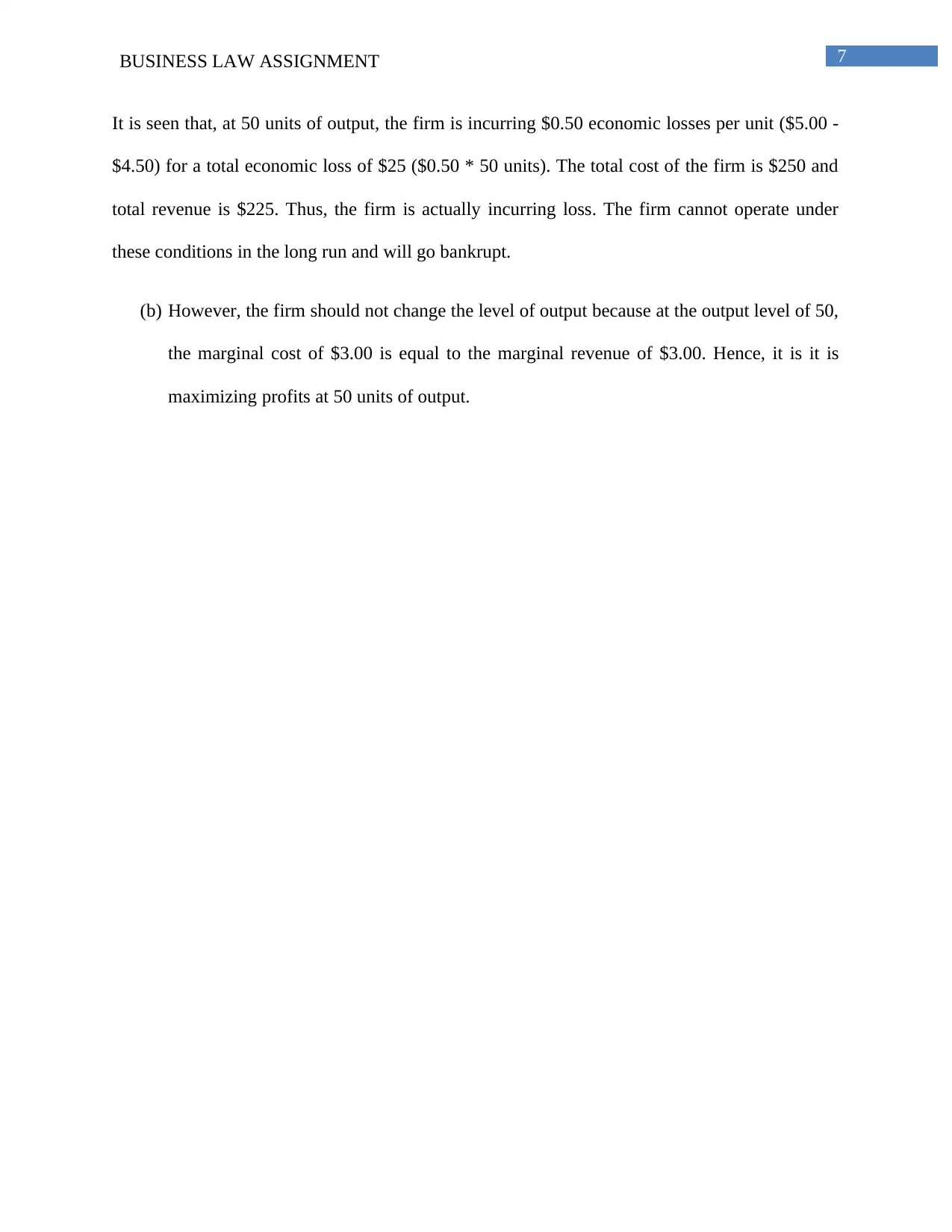





![[object Object]](/_next/static/media/star-bottom.7253800d.svg)